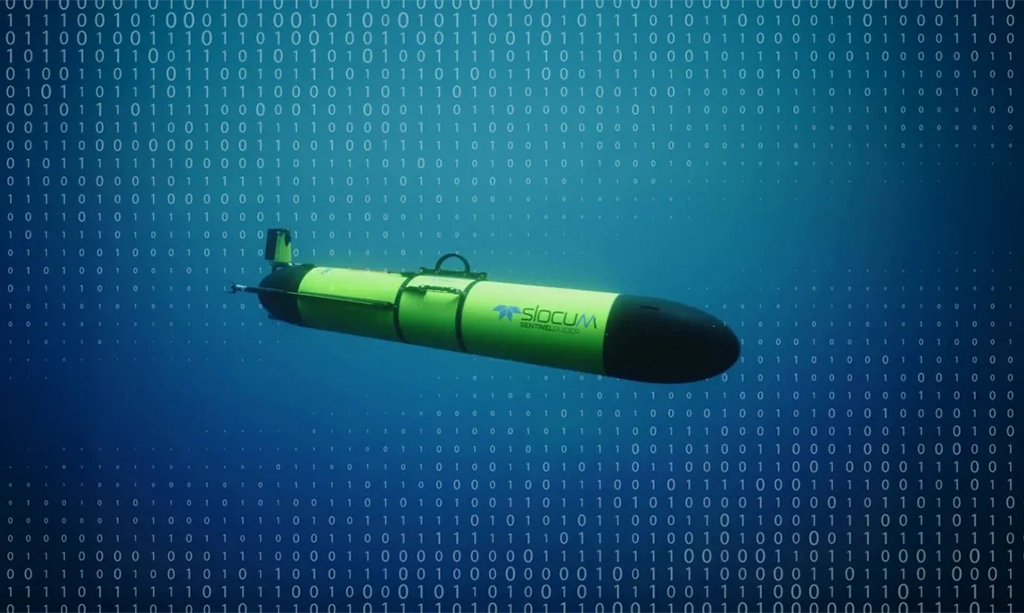Autonomous underwater robots can provide valuable information for predicting ocean currents and weather patterns during hurricanes and other harsh conditions. The problem is that these same conditions make it hard for these vehicles to last very long.
With a grant from the Office of Naval Research (ONR), Yale researchers aim to develop algorithms for underwater robots that can predict and endure worst-case scenarios while deployed in ocean waters. Ultimately, these more robust autonomous systems will be able to gather more ocean data and enable better predictive modeling of ocean weather patterns.
“We want to develop algorithms that can comprehend the extremities of ocean exploration with guarantees,” said Ian Abraham, assistant professor of mechanical engineering. “By planning all possible outcomes and scenarios the robot will encounter, we get some certainty that it’s going to succeed. Essentially, the autonomy would be thinking of many different plans at once.”
Abraham is working with Travis Miles, an oceanographer at Rutgers University. Part of Miles’ research involves sending underwater drones through hurricanes to gather samples.
“A lot of these underwater robots have been used for collecting data of ocean temperatures, current conditions, biological materials, and things like algae because they inform quite a bit about weather patterns.” Abraham said. “The downside is that they’re not very robust and a lot of them don’t come back when deployed.”
The algorithms that Abraham’s lab is developing would use ocean models and GPU acceleration to consider all possible outcomes, allowing them to better survive harsh conditions and enhance their exploratory missions.
“One of our goals is to deploy these robots during hurricanes to collect data for modeling weather patterns,” he said. “With that, you’re going to have tons of different outcomes. You’re going to have high winds, high speeds, and the autonomy will need to plan for the worse-case-scenario to ensure mission success.”
Conventional methods for developing these algorithms often entail generating a lot of data and hoping that the worst-case scenario is embedded in this data. The algorithms that Abraham’s team is creating are based on information theory and provide a formal guarantee – that is, they use mathematical methods that ensure the robot acts as it’s designed to.
Full article at Yale Engineering

